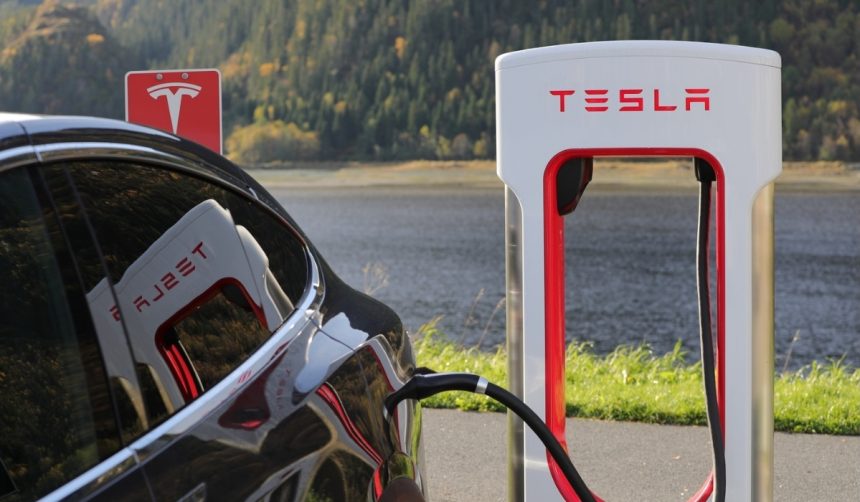Driving an electric vehicle often comes with the expectation of easy home charging, but for some Tesla Model Y owners, alternative charging routines are a necessity. One owner shares how, despite not having access to home charging, they manage daily travel and longer outings by relying on Superchargers, public charging stations, and careful planning. This approach requires adapting to new patterns but demonstrates that electric vehicle ownership can be feasible and cost-effective even without a dedicated residential charger. By utilizing options such as grocery store chargers and strategically timing Supercharger sessions, they maintain mobility—often finding new routines and unexpected benefits along the way.
Studies conducted with early adopters of the Tesla Model Y frequently highlighted anxiety about range and convenience in neighborhoods lacking home charging infrastructure. Initial reports suggested that public charging networks were less reliable and more expensive than traditional refueling, but recent improvements in charging speed and pricing flexibility have addressed many of those concerns. Comparisons with experiences from a few years ago show owners now benefit from more accessible charging locations, off-peak rates, and growing support from grocery and shopping centers, making routine EV operation more practical for non-homeowners.
How Can Off-Peak Supercharging Lower Costs?
Charging a Tesla Model Y during off-peak hours dramatically reduces expenses compared to traditional fueling methods. At local Supercharger stations, late-night and early-morning pricing can be significantly lower than daytime rates. The owner notes the difference: charging from a low battery to nearly full capacity cost just $11 during off-peak hours versus approximately $26 at peak times. While these timings require some flexibility, the overall reduction in fuel costs is notable when compared to gasoline, especially for those with short commutes and local daily drives.
Can Alternative Charging Options Supplement Supercharging?
Alongside Supercharging, public chargers like those at grocery stores provide added convenience, especially with compatible equipment like the J1772 adapter. Although charging speeds at locations such as the Shell Recharge EV stations are slower, owners can take advantage of these stations while running errands. This strategy ensures that the vehicle remains charged without major schedule disruptions, supporting urban dwellers who lack dedicated home infrastructure.
Will Wider Access to Chargers Improve EV Ownership?
Efforts to improve residential charging access are ongoing, with some owners actively encouraging property managers and leasing offices to install EV chargers. “I’m hoping to continue pushing the management company to a point that will eventually get EV chargers in the neighborhood,” the owner stated. These initiatives reflect a broader desire among renters to secure more convenient and reliable charging options for themselves and future consumers. The engagement between residents and property management marks a shift toward accommodating electric mobility in shared living environments. One resident added,
“Because we rent, we are truly at the mercy of what the leasing office will allow and what they’ll do to make the lives of EV owners easier.”
Public charging routines for Tesla Model Y users have evolved rapidly alongside expansion in charging infrastructure and adjustments in pricing structures. For those unable to install a home charger, the availability of faster, more affordable charging options at convenient locations makes EV ownership increasingly practical. Some owners still experience occasional wait times or slower charging at public stations, underscoring the importance of continued investments in infrastructure. Cost savings remain a key appeal, and integrating charging into daily routines—such as at the grocery store or while running errands—can alleviate much of the inconvenience previously associated with public charging.
Readers considering electric vehicle ownership without home charging should factor in proximity to Superchargers, public charging stations, and their personal driving habits. Using off-peak charging and seeking free or low-cost public options help manage costs, while advocating for new infrastructure can also support long-term convenience. As public charging networks become more robust and policies adapt, EVs like the Tesla Model Y offer viable, flexible alternatives even for those living in apartments or rental properties. Keeping track of charging trends and engaging with community decision-makers may further smooth the path for drivers seeking to go electric without a garage charger at home.










